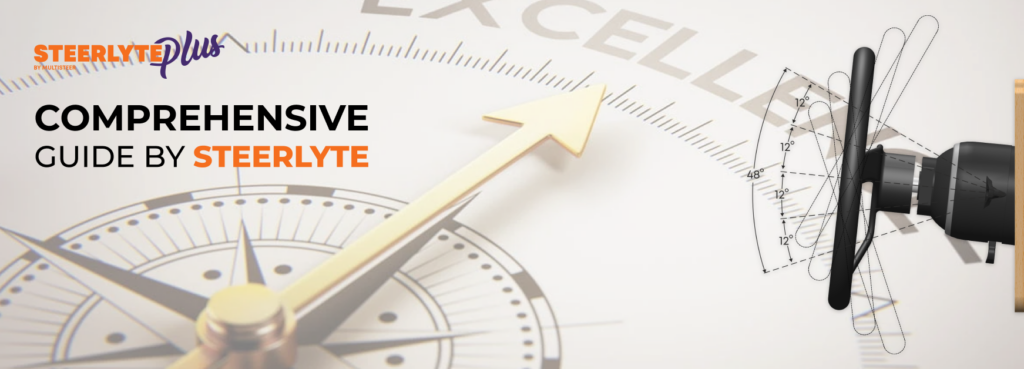Calibrating a Power Assist Hydraulic Steering System is an important step in ensuring optimal performance and responsiveness. Here are some tips to help you successfully calibrate your Power Assist Hydraulic Steering System:
Thank you for reading this post, don't forget to subscribe!
1. Consult the Manufacturer’s Guidelines: The first and most crucial step is to refer to the manufacturer’s guidelines and instructions specific to your Power Assist Hydraulic Steering System. Different systems may have variations in the calibration process, so it’s essential to have the manufacturer’s recommendations on hand.
2. Ensure Proper Installation: Before calibrating, verify that the Power Assist Hydraulic Steering System is correctly installed. Check for any loose connections, leaks, or damaged components. Proper installation is vital for accurate calibration and reliable performance.
3. Check Hydraulic Fluid Levels: Ensure that the hydraulic fluid reservoir is filled to the recommended level. Low fluid levels can affect the system’s performance and calibration accuracy. Refer to the manufacturer’s instructions for the appropriate hydraulic fluid type and fill it accordingly.
4. Center the Steering Wheel: Position the steering wheel in the center or neutral position. This ensures that the system’s calibration is based on a balanced starting point.
5. Engage the Calibration Mode: Some Power Assist Hydraulic Steering Systems have a calibration mode that needs to be activated before the calibration process. Follow the manufacturer’s instructions to engage the calibration mode, if applicable.
6. Perform Calibration Maneuvers: The calibration process typically involves performing specific maneuvers to allow the system to adjust and calibrate itself. This may include turning the steering wheel from lock to lock several times or performing a series of slow and controlled turns. Again, consult the manufacturer’s guidelines for the specific calibration maneuvers recommended for your system.
7. Observe System Response: During the calibration process, pay close attention to the system’s response. Ensure that the steering wheel movement aligns smoothly with the boat’s actual turning. If you notice any abnormal behavior or inconsistency, stop the calibration process and refer to the manufacturer’s troubleshooting guide or seek professional assistance.
8. Fine-tuning and Adjustments: After the initial calibration, you may need to fine-tune and make adjustments to achieve optimal performance. This may involve adjusting the steering system’s sensitivity, response rate, or the number of turn lock-to-lock. Again, consult the manufacturer’s instructions for any specific adjustments that can be made.
9. Periodic System Check: Once the calibration is complete, periodically check the Power Assist Hydraulic Steering System for any signs of wear, leaks, or unusual performance. Regular maintenance and inspections will help ensure that the system continues to operate optimally.
Remember, every Power Assist Hydraulic Steering System may have its own unique calibration requirements and procedures. Always refer to the manufacturer’s instructions and guidelines for the most accurate and reliable calibration process. If you have any doubts or concerns, it’s recommended to consult a professional or contact the manufacturer directly for assistance.
To Know More: https://shop.multisteer.com/
Follow our social media pages for more updates: Facebook | Instagram | Twitter | Linkedin | Youtube
#Multisteer #Hydraulicsteering #Boating #Marine #Power #Steerlyteplus #boatsteeringkit #powerassisted #hydraulic #steeringsystem #portugal #Australia #NewZealand #SaudiArabia #Indonesia #Nigeria #Italy #France #Spain #Russia #Norway #SouthAfrica #Philippines #Vietnam #Thailand #Singapore #Finland #Poland #UK #HongKong

